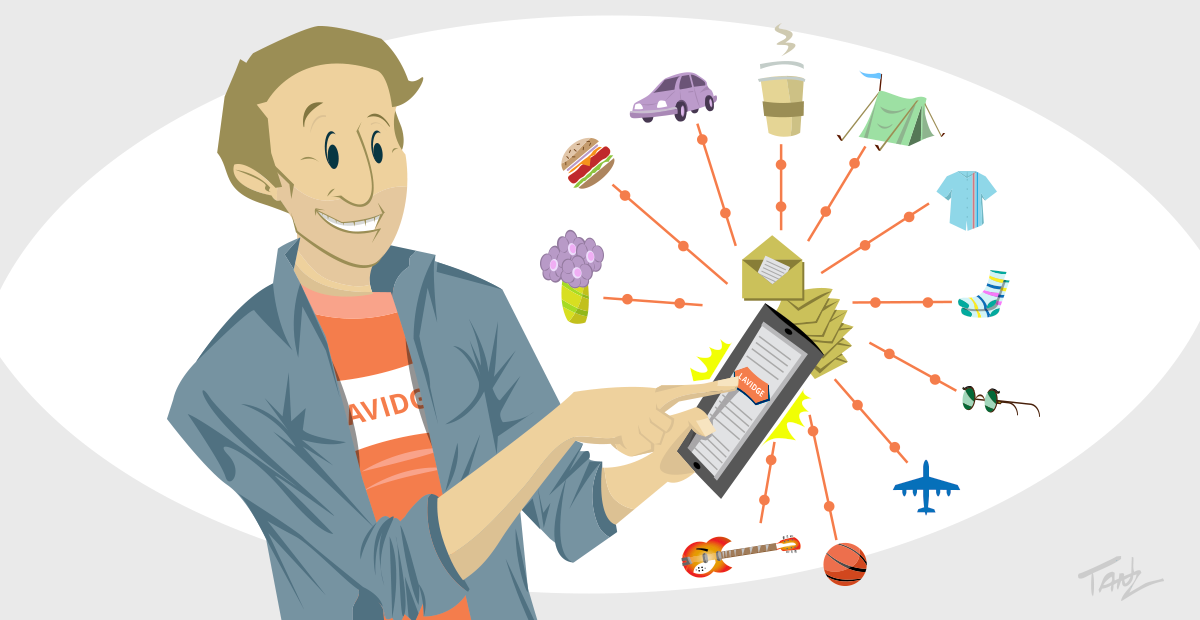Reporting and Tracking are Essential
Even if everyone read your message and forwarded it to everyone they know, you’d never know unless you measured and tracked performance.
Sure, you might see a lift in traffic or sales. But you need to be able to attribute it appropriately or you might not retain your budget to create content that works. That’s why measuring return on investment (ROI) is as important for email marketing as for any other marketing tactic.
So, here are a few getting-started pointers. If you’re already familiar, feel free to skip to the next section.
- Delivery Rate: helps define the quality of your list (delivered / sent)*100
- Open Rate: how many people opened your email (opens / delivered)*100
- Click-Through Rate (CTR): The quality of content within the email messages (clicks / delivered)*100
- The percentage of people who clicked on a link as compared to the total number of emails delivered
- Click-to-Open Rate (CTOR): The quality of content and alignment with the subject line (clicks / opens)*100
- The percentage of people who clicked on a link as compared to the total number of emails opened
- Unsubscribe Rate: how many people unsubscribed from your email list (opt outs / delivered)*100
- Bounce Rate: percentage of email addresses that are returned undeliverable (returned / sent)*100
You can find more in-depth information on this easily online, so we won’t go into great detail. Even just a taste will help you speak more confidently with an email marketing professional—or become one yourself.
Use these Bonus Tips
Did you know you can use tracking tags to identify where specific traffic originates? You can, and you definitely should. UTM, which stands for Urchin Tracking Module, is a way to add codes to your links so there is no question whether someone downloaded your app after visiting your website on their own or after opening your email. You can even tell where on the email they clicked, if you offer a link to your site in more than one location.
Speaking of links, the best practice is to include a single call to action (CTA) per email. You only want to explicitly ask once. That doesn’t mean you can’t include links elsewhere by hyperlinking text or images. Just make sure to give each its own UTM code so you can tell which are best at generating clicks.
And that’s it. You’re ready to strive for the benchmarks. Speaking of which…
Benchmarks
- Open Rate: 16 – 40%
- Depends on the industry, company size, and list size
- Open rates for newsletters are typically much lower 8 – 12% range
- Transactional email open rates are 4-8x better
- CTR: 2 – 6%
- CTOR: 9 – 40%
- Unsubscribe rate: Less than 2%
- Bounce rate: Less than 3%
Okay, now you are ready. We can’t wait to see how it turns out.




